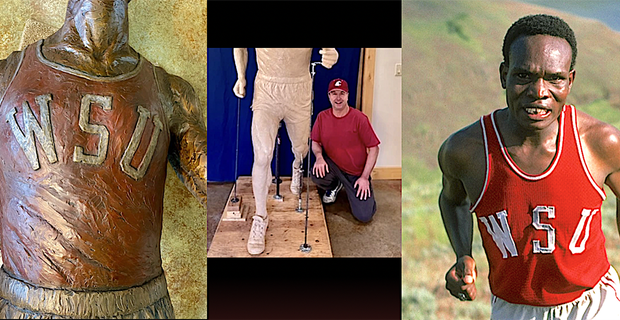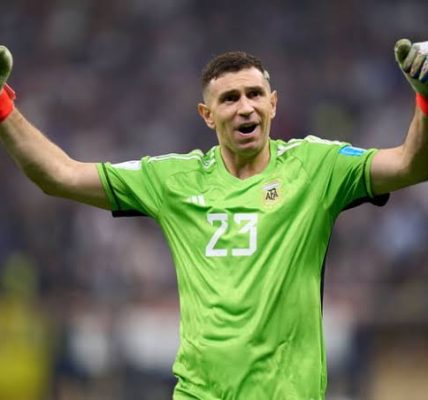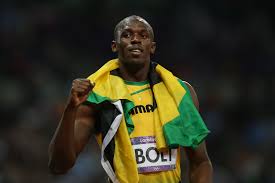Henry Rono



In a fitting tribute to one of Kenya’s greatest ever distance runners, Washington State University (WSU) in the United States has unveiled a bronze statue honouring Henry Rono—marking yet another milestone in a growing string of U.S. institutions recognising Kenyan athletic excellence. (Citizen Digital)
The man and his legacy
Born on 12 February 1952 in Kapsabet, Kenya, Rono emerged from humble beginnings to become one of the most storied figures in long-distance running. (Nyongesa Sande) After joining WSU on an athletic scholarship, he achieved the remarkable feat of setting four world records in just 81 days in 1978: for the 3,000 m steeplechase, 3,000 m, 5,000 m and 10,000 m. (Washington State University Athletics) He also claimed multiple NCAA titles during his collegiate career. (Washington State University Athletics)
Rono passed away in February 2024 at age 72, leaving behind a legacy of exceptional athletic achievement and an enduring influence on Kenyan and global distance running. (BSS)
The statue and honour at WSU
In October 2025, WSU officially unveiled a 2.13-metre-tall, 159-kilogram bronze statue of Rono, created by alumnus Ott Jones, positioned near Mooberry Track on campus—where Rono trained and competed decades ago. (Nyongesa Sande)
The ceremony took place during the campus Lentil Festival and drew students, alumni, Kenyan guests and athletics officials. The monument captures Rono mid-stride as a symbol of movement, determination and cross-cultural accomplishment. (SPM BUZZ » Stay Informed, Stay Updated)
WSU officials described the statue as more than just a memorial—it is a living inspiration for future generations of athletes, especially the rising Kenyan runners currently enrolled at the university. (Citizen Digital)
Why it matters
This honour reflects several important trends and meanings:
- Recognition of Kenyan excellence: Rono’s statue acknowledges not just his individual record-breaking feats, but also Kenya’s broader contribution to distance running globally.
- University legacy: WSU uses it as a strong emblem of the university’s athletic heritage—showing how international talent has shaped its track & field programme.
- Inspiration for new athletes: Kenyan students at WSU are explicitly connecting with Rono’s legacy; for example, current Kenyan students at WSU say being on his track is a constant reminder of what’s possible. (Citizen Digital)
- Cultural bridge: The statue symbolises a bridge between Kenya and the U.S. — the pathway of talent, education and global sportsmanship.
Part of a wider pattern
While this statue is a particularly visible honour, it sits within a broader pattern of U.S. institutions and programmes recognising and recruiting Kenyan athletic talent. For example:
- A recent trial at Kipchoge Stadium in Eldoret (Kenya) yielded 14 youths (11 women, 3 men) who earned U.S. sports scholarships from colleges and universities. (Kenya News)
- Media coverage notes how U.S. colleges are increasingly tapping into Kenya’s running talent as part of their recruitment and athletic-programme strategies. (Kurunzi News)
- The statue at WSU thus not only honours a legend, but also serves as a signal about how U.S. higher-education athletics view Kenyan athletes: as key contributors, not just transient stars.
Reflections and questions
There is much to celebrate in this recognition, yet also useful to reflect on some questions:
- Legacy vs. support: While legends like Rono are recognised decades later, many athletes—especially in Kenya—face considerable challenges during and after their careers (financial, health, institutional support). Rono himself had personal setbacks after his peak years. (Nyongesa Sande)
- Athlete pipeline: With the increasing flow of Kenyan talent into U.S. systems, questions arise about what Kenya gains in return—beyond individual athlete success. Are there building links to institutions, knowledge transfer, sports infrastructure back home?
- Symbolism vs. substance: A statue and honour are deeply symbolic, but the long-term benefit comes when structural supports (education, training, post-career opportunities) accompany the talent recognition.
What this means for Kenya
For Kenya and its athletics programmes, the Rono statue (and the broader honours trend) signals several opportunities:
- It underscores how Kenyan athletes can achieve lifetime recognition not only through competitions but also through institutional honours and global legacies.
- It suggests a pathway for younger athletes: high school/trial → scholarship abroad → education + competition → legacy build-up.
- It offers a branding and diplomatic value: Kenyan-U.S. sports ties, scholarships, honouring Kenyan athletes abroad fuel positive narratives about Kenya’s human capital and global footprint.
Conclusion
The honouring of Henry Rono at Washington State University is far more than a campus ceremony. It is a moment that crystallises a rich intertwining of athletic excellence, educational opportunity, global mobility and national pride. For Kenya, and for Kenyan athletes past, present and future, this statue stands as both recognition of what has been achieved and inspiration for what lies ahead.
If you like, I can explore other Kenyan athletes who have been honoured by U.S. universities (or U.S. institutions) and map how this trend has grown over time.



